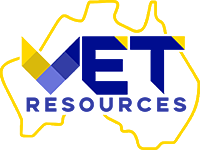
As an RTO, crafting effective assessments is crucial to ensuring your students are well-equipped for the future. But navigating the intricate world of assessment mapping can be daunting, with hidden pitfalls and unexpected twists. This blog will equip you with the knowledge and tools to overcome these challenges ensuring your assessments accurately reflect your program’s learning outcomes.








